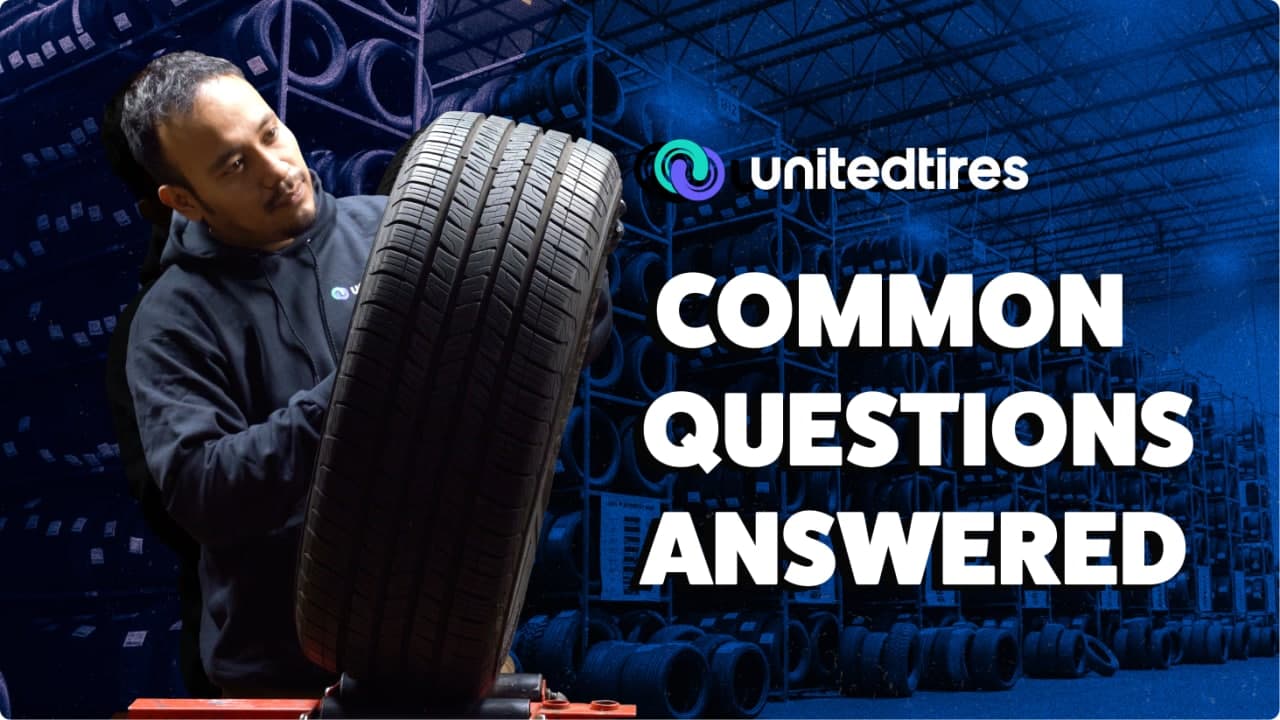All Categories
Featured
Table of Contents
The Michelin provided a comfortable driving experience, characterised by responsive steering and a progressive understeer equilibrium. Regardless of the cooler screening conditions, Michelin's constant time and hold over 3 laps shows its viability for real-world applications. Alternatively, Yokohama's performance was distinctive. While its super-quick steering led to a fast front axle turn, the rear showed a propensity to swing extra.
Another notable element was Yokohama's warm-up time. The tyre's first lap was a 2nd slower than the 2nd, directing to a temperature-related grasp rise. This suggests the Yokohama might beam in dry, race-like problems. Nonetheless, for everyday use, the Michelin may be a more secure wager. Next in line was the Hankook.
Tyre Inspections Near Me
It shared Michelin's risk-free understeer equilibrium yet lacked the latter's readiness to transform. Continental and Goodyear's efficiencies were significant, with Continental's new PremiumContact 7 showing a considerable enhancement in damp conditions contrasted to its precursor, the PC6. This model was much less delicate to fill adjustments and acted much like the Michelin, albeit with somewhat less communication at the restriction.
It combined the risk-free understeer equilibrium of the Michelin and Continental with some stylish handling, proving both foreseeable and fast. As an all-rounder for this Golf GTI, Goodyear's Asymmetric variety was the standout, showing excellent performance in the wet. The Bridgestone Potenza Sporting activity took the crown as the fastest tyre, albeit by a little margin.
Chauffeurs looking for an exciting wet drive may locate this tyre worth considering. The standout entertainer in wet stopping was the newest tyre on examination, the PremiumContact 7, though the outcomes are nuanced.
Affordable Tyre Upgrades Near Me
Ideally, we wanted the cold temperature examination to be at around 5-7C, however logistical delays suggested we tested with a typical air temperature level of 8C and water at 12C. While this was cooler than basic test conditions, it was still warmer than real-world problems. The warm temperature level examination was done at approximately 18C air and 19C water.
The third run entailed wet stopping examinations on used tires, particularly those machined to 2mm with a tiny encounter. While we intended to do even more with these worn tyres, weather condition constraints limited our testing. Nonetheless, it deserves noting that wet stopping is most essential at the used state, as tyres typically improve in dry problems as they use.

Nevertheless, it shared the most substantial efficiency drop, along with the Yokohama, when put on. Bridgestone, Goodyear, and Michelin saw the least performance decrease when used. However, Bridgestone and Goodyear's performance dipped in cooler conditions. The Hankook tire registered the tiniest efficiency drop as temperatures cooled, yet it was among one of the most affected when put on.
Top Tyre Replacement Near Me – Middle Swan
The take-home message below is that no single tyre stood out in all elements of wet stopping, indicating a complex interplay of factors affecting tire efficiency under various problems. There was a standout tire in aquaplaning, the Continental finished top in both straight and bent aquaplaning, with the Michelin and Goodyear likewise excellent in much deeper water.

Yokohama could benefit from slightly even more grasp, a problem possibly influenced by the colder conditions. As for taking care of, all tyres executed within a 2% array on the lap, demonstrating their high-grade performance (Wheel balancing). Considering these tires essentially target the exact same consumer, it's intriguing to observe the considerable distinctions in feel.
The surprise is since the PremiumContact 6 was among my favourites for flashy dry drives, but its successor, the PremiumContact 7, seems a lot more mature and looks like Michelin's performance. Among these, Hankook was the least precise in steering and interaction at the restriction. Tyre safety checks. Both Michelin and Continental offered beautiful preliminary steering, albeit not the fastest
If I were to advise a tire for a fast lap to a newbie, state my dad, it would certainly be one of these. We have the 'fun' tyres, namely Yokohama and Bridgestone. Both were swift to guide and really felt sportier than the others, but the compromise is a more playful rear end, making them much more tough to take care of.
Tyre Warranty – Swan
It offered similar guiding to Bridgestone however offered better responses at the limit and far better grip. The Bridgestone Potenza Sport, however, seemed to weaken rather promptly after just three laps on this demanding circuit. There's Goodyear, which placed itself someplace between the fun tyres and those having a tendency in the direction of understeer.
All in all, these tires are outstanding performers. In terms of tire wear, the method utilised in this test is what the market refers to as the 'gold standard' of wear.
Both the Bridgestone and Yokohama tyres dramatically underperformed in comparison to the other four tires in terms of rolling resistance, with Continental a little surpassing the rest. Pertaining to the comfort degree of the tyres, as expected, many showed an inverted connection with handling. The Continental, Michelin, and Goodyear tires performed best across various surface area kinds evaluated.

Bridgestone started to reveal signs of suppleness, while Yokohama was particularly jarring over craters. We did measure interior noise levels; however, as is frequently the instance, the results were closely matched, and because of weather restraints, we were unable to perform a subjective evaluation of the tires noise. We looked at abrasion figures, which measure the amount of tire walk shed per kilometre, normalised to a one-tonne lorry.
Honest Tyre Packages – Middle Swan
This figure represents the amount of rubber dust your tyres produce while driving. Michelin led in this category, producing over 9% much less rubber particulate issue.
Latest Posts
Leading Budget Car Tyres Near Me – Embleton WA
Affordable Tyre Fitting Services Near Me – Morley WA
Affordable Tyre Replacement Near Me – Alexander Heights